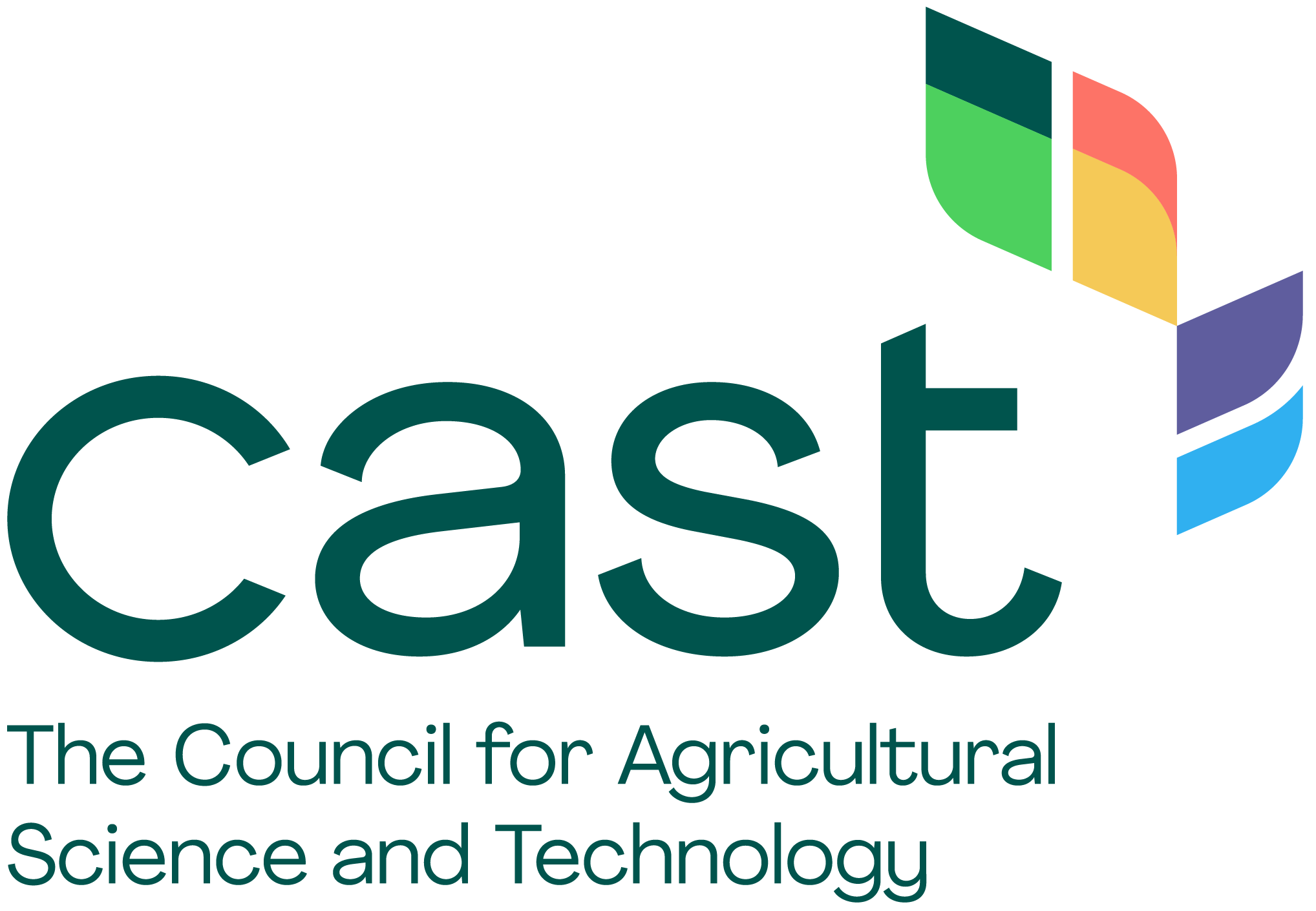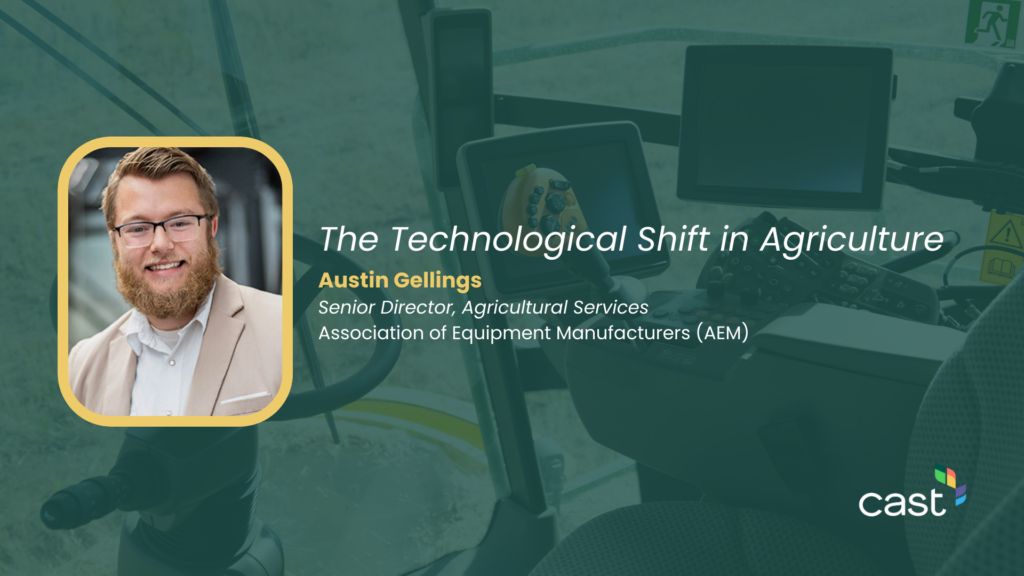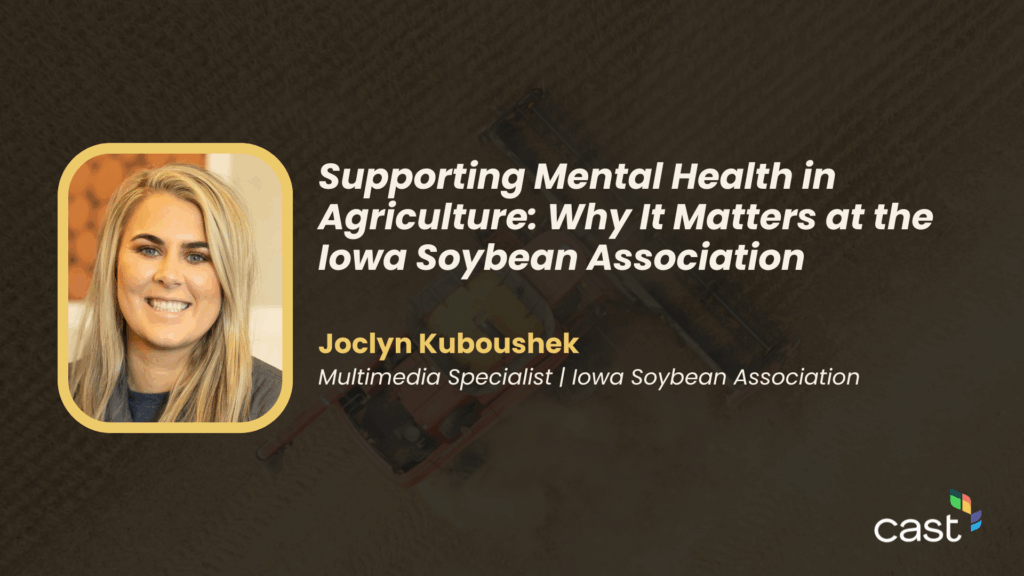Today, a combine cab is more like the cockpit of a spaceship than a combine cab from previous eras of agriculture. Additionally, ag is seeing a shift toward the use of different levels of automation and robotics, which is being enabled in large part by more interconnected, data driven systems. These data-driven systems are also leading to the incorporation of things like artificial intelligence and machine learning, so that equipment can help farmers make real-time decisions based off field conditions (as seen in targeted spray technologies).
This evolution is enabling new machine to machine connections. Interoperability as it relates to the physical machine connection remains ever important and is something that all manufacturers are continuing to work towards ensuring. However, digital connections between machines is ever important as well. The ability for a combine to communicate its position to a grain cart or a sprayer to a center pivot within the field allows for not only gained time and efficiency on the farm, but it also makes the job of the equipment operator easier at the end of the day as well.
While providing for more integration and connectivity, these systems are also leading to other new challenges and opportunities. One is actual connectivity to equipment, allowing for the transfer of data to the cloud and its use in offline decision-making by end users. As machines continue to gather more data to provide insights into the farming operation, there is an increased need for this data to be interoperable between the various platforms that may exist on a farm. This is why the Agricultural Industry Electronics Foundation has started there AgIN project to enable data interoperability.
Furthermore, the use of connected systems opens a whole new conversation related to the need for machine-level cybersecurity to both protect farmers’ data and equipment intellectual property. This is why the Cybersecurity and Infrastructure Security Agency (CISA) lists agriculture as one of its critical sectors.
These technological transformations, such as precision agriculture, enable farmers to adopt more sustainable farming practices and make direct decisions based off data from the equipment on a more granular level. The enables the farmer to enjoy a more efficient use of inputs and improve productivity.
Some of positive impacts include:
· Better soil health
· Improved water and air quality
· Reduced/more efficient use of inputs
· Increased outputs
· Improved biodiversity
· Reduced environmental footprint
· Increased labor efficiency
One ancillary outcome of such technological transformation and integration is the increased dialogue between the agriculture industry and several external stakeholders. This increased dialogue is leading to additional government and regulatory activity, as these groups look to better understand the role technology will play in shaping the future of sustainable food production.
___
Austin Gellings
Senior Director, Agricultural Services
Association of Equipment Manufacturers (AEM)




